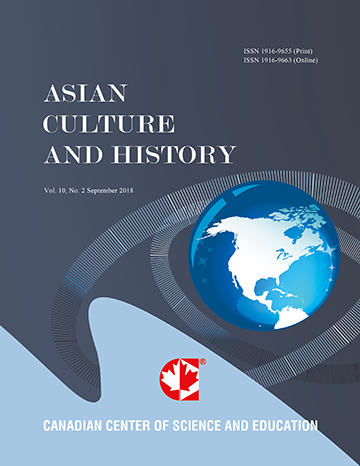An Evaluation of Space Planning Design of House Layout to the Traditional Houses in Shibam, Yemen
- Anwar Ahmed Baessa
- Ahmad Sanusi Hassan
Abstract
The aim of this paper is to evaluate on how good traditional house design is able to give residential satisfaction levels and could contribute towards habitability in Shibam, Yemen. House design in this study is a subject dealing with efficient space-function design of the house layout which shows cultural aspects of the community. Houses in Shibam typify the traditional architecture which reflects to the structure of family, and social and cultural realms. The houses comprises mid and high-rise mud brick house types, considered as one of the earliest high-rise house type built in the world. Today, the city of Shibam with mid and high-rises mud brick house types is recognized as one of the heritage sites under UNESCO’s World Heritage Lists. The literature study is conducted to understand the definitions of the title, which is important to identify the measurable factors for the research analysis. The study finds that diwan, dining area, bedrooms, bathrooms, corridor and storage, courtyard and balcony, and the composition of the rooms’ layout are important measurable checklist’s factors under category of space planning and function. There are two types of the research analyses which are qualitative and quantitative analysis. The qualitative analysis is a study by the researcher based on the researcher’s observation on the house design during the site visit while the quantitative analysis is from the respondents’ answers (300 respondents) on their satisfaction level from the research questionnaires. With high average scores of 94% in qualitative and 90% in quantitative analysis on satisfactory level, it shows that both results of qualitative and quantitative analysis support the research assumption. In that light, within the ambit of this study, the house design in Shibam can and does serve as a reference.- Full Text:
 PDF
PDF
- DOI:10.5539/ach.v2n2p15
Journal Metrics
Google-based Impact Factor (2017): 5.42
h-index (January 2018): 11
i10-index (January 2018): 21
h5-index (January 2018): 6
h5-median (January 2018): 9
Index
- Academic Journals Database
- CNKI Scholar
- COPAC
- EconPapers
- Elektronische Zeitschriftenbibliothek (EZB)
- Excellence in Research for Australia (ERA)
- Genamics JournalSeek
- Google Scholar
- Infotrieve
- LOCKSS
- MIAR
- NewJour
- Open J-Gate
- PKP Open Archives Harvester
- Publons
- RePEc
- Scilit
- SHERPA/RoMEO
- Standard Periodical Directory
- Technische Informationsbibliothek (TIB)
- The Keepers Registry
- Universe Digital Library
- WorldCat
Contact
- Ivan YongEditorial Assistant
- ach@ccsenet.org
